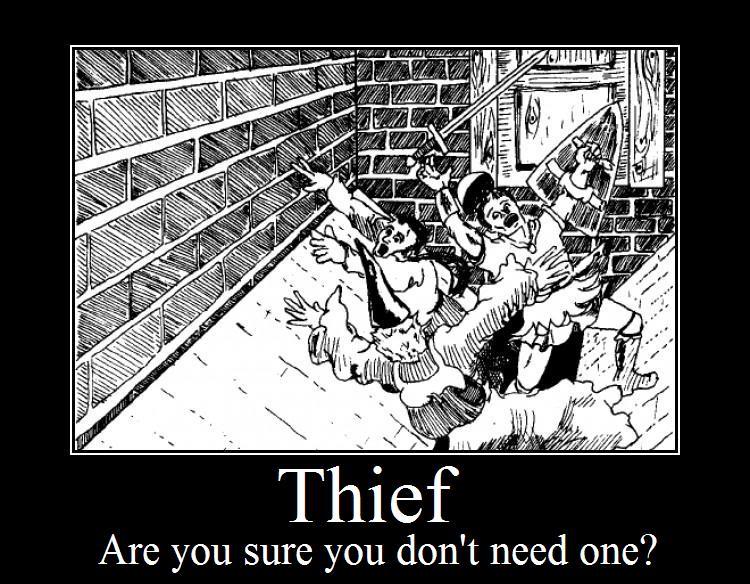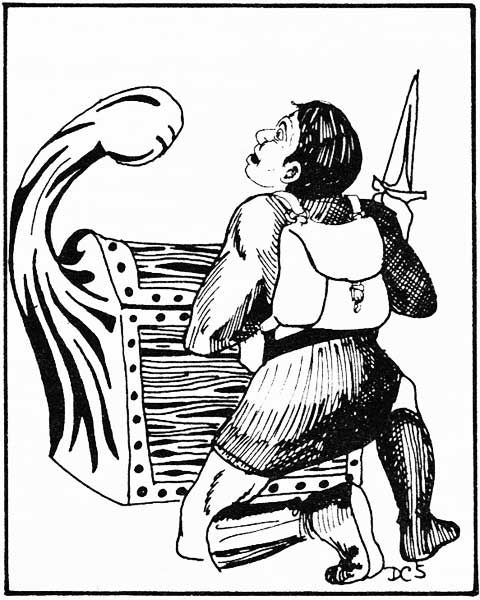Thieves in Dungeons and Dragons were first introduced in the 1975 Greyhawk Supplement. The character class was a fan created one. While it is clear that Gary Gygax, and the others involved in the early Dungeons and Dragons creative effort, had ideas regarding a thief class they did not include it with the first classes available. But a dungeon master who was playing the early game, by the name of Gary Switzer, had been using a home brewed version with his own group. He then shared this information with Gary Gygax over the phone and it was included with the Greyhawk Supplement. Unlike the later version of this class it began with only a four sided hit dice.
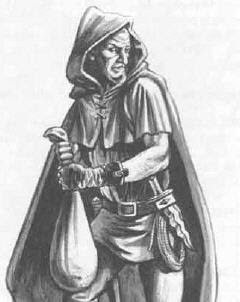
The class was immediately popular. It has been included in virtually ever edition of the game since. In third edition the thief class was renamed as the rogue. But the concept is still the same. The thief is a burglar. A scoundrel. Or a rogue. The thief is not a melee fighter. She wants to stand in the back of the party or backstab someone from the shadows.
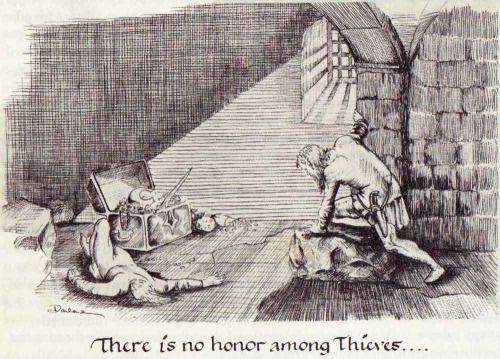
One of my favorite images of the thief class is the Malak character from Conan The Destroyer. He is the guy prying gems out of the wall while the others are reading hieroglyphics or are looking for a way out of the tomb. He is the guy who uses two small daggers to backstab a warrior attacking Conan. And he is the one who throws a small dagger at the sleeping god when it has Conan in it’s embrace.
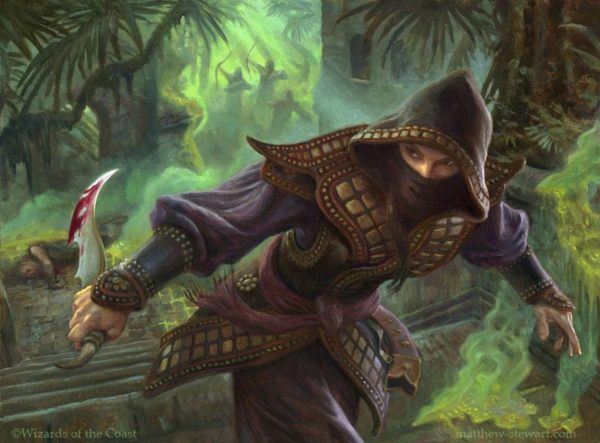
Thieves in Other Movies and Literature
Some of the inspirations for the thief class finally included in the Greyhawk Supplement were Bilbo Baggins from the Hobbit, Fritz Lieber’s Gray Mouser and Jack Vance’s Cugel the Clever. But movies and literature have provided many other examples of the thief class. In my earlier discussion of Conan the Destroyer I mentioned Malak. But in the earlier Conan movie (The Barbarian) Conan himself identifies as a thief. As does his two companions. Most of us would see Conan himself as being a warrior but clearly he sees no distinction between the two.
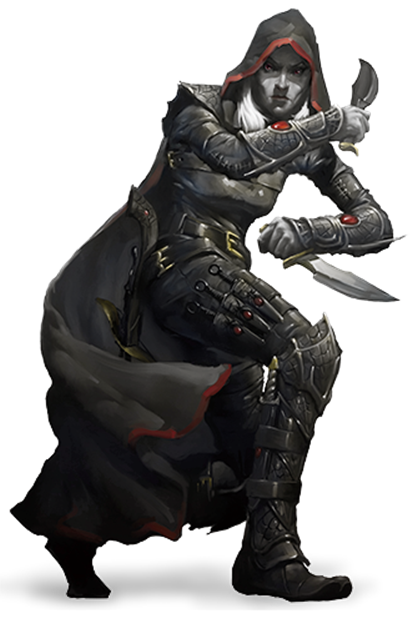
Thieves in Dungeons and Dragons 1st Edition
The thief was a standard class in 1st edition. Unlike the previous edition the thief now had a six sided dice for hit points. Unlike other classes the thief class had an extremely low barrier for entry. The only required statistic was a dexterity of 9. Virtually anyone could become a thief. And that was the point. The thief was the catch all tomb robber, adventurer, grave robber, thug, pickpocket and burglar.
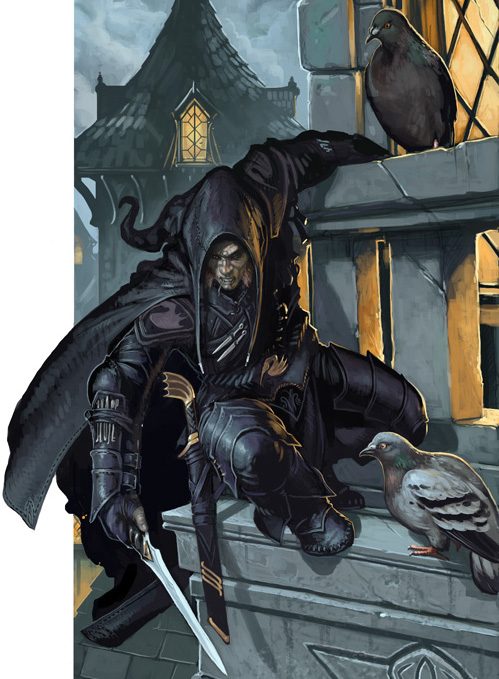
The thief had special skills. These skills were also available (in more limited form) to some other classes in 1st edition including the monk, bard and assassin. But the thief did them better than anyone else. These special skills were:
- Picking pockets
- Picking locks
- Finding traps
- Removing traps
- Moving silently
- Hiding in shadows
- Listening at doors
- Climbing
- Back stabbing
- Reading languages
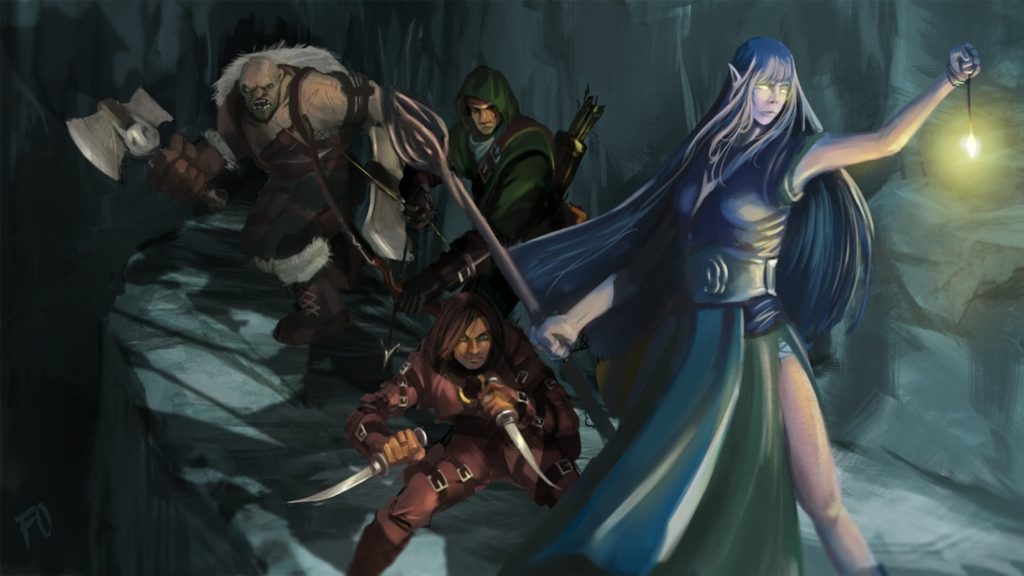
Thieves in Dungeons and Dragons 1st edition could be any race. Unlike other classes non-human thieves could rise to unlimited levels with the exception of Half Orcs which were restricted to 8th level. Different races were better at different thief skills. Some gained significant bonuses to certain skills as a racial bonus.
At 10th level the thief could even read and understand some magical writings. They could even cast spells from scrolls (excluding clerical).
The class was further modified in Unearthed Arcana to include a thief acrobat class. This class had more restrictions than the normal thief class but gave the character more gymnastic type abilities than the normal thief class.
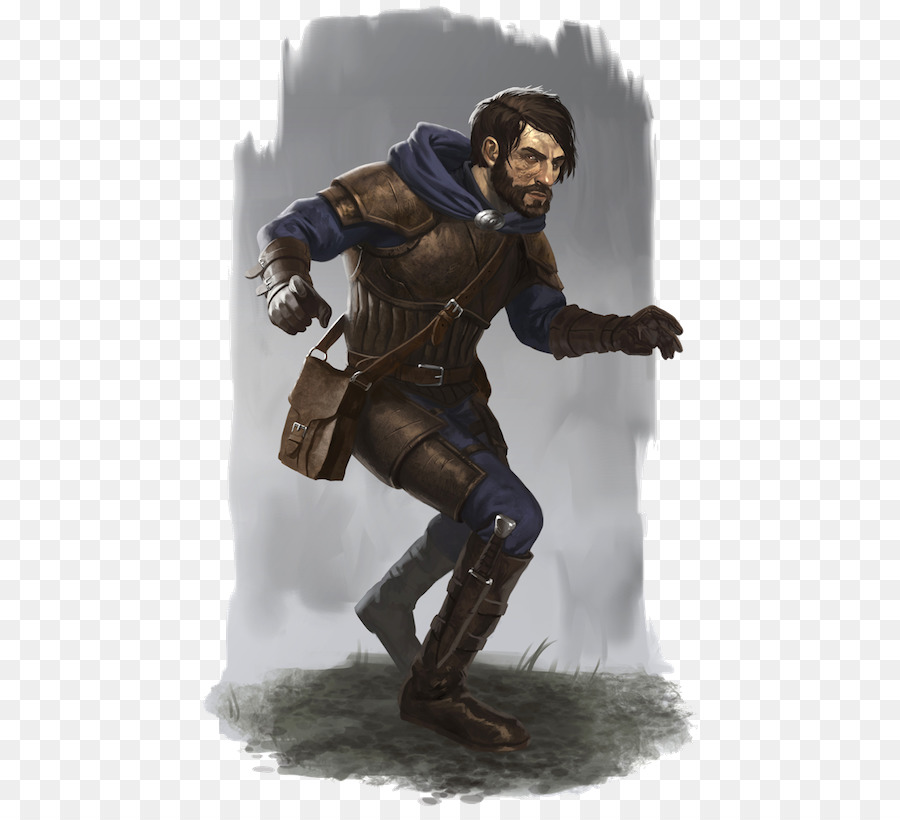
Thieves in Dungeons and Dragons Basic Edition
In basic Dungeons and Dragons (in it’s different incarnations) the thief was required to be human. Individual races that were not human were considered their own class for purposes of this edition. An elf was just an elf. A dwarf was just a dwarf. Like AD&D the thief can read languages and even use scrolls at higher levels.
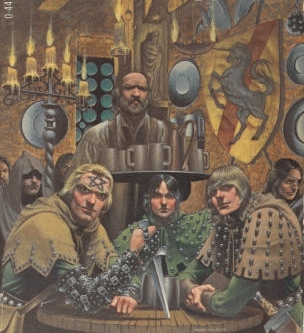
Thieves in Dungeons and Dragons 2nd Edition
In Advanced Dungeons and Dragons 2nd Edition the thief is included as part of a rogue group. Later it is greatly expanded upon in the Complete Thief’s Handbook. That was one thing that 2nd edition did which was really rather cool at the time. They came out with a separate book which expanded upon the rules of each of the available classes. This allowed one to develop their character further than ever before.
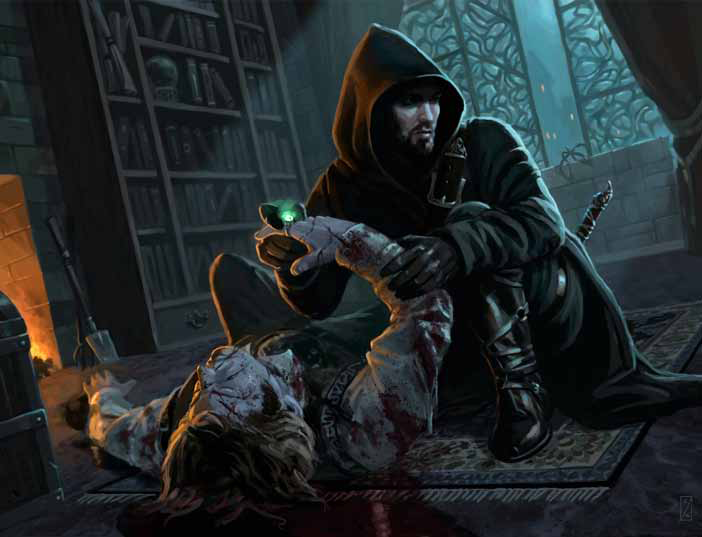
Thieves in Dungeons and Dragons 3rd Edition
In 3rd edition the thief was renamed the rogue. They were still the class that could find traps and pick locks. They were still the class that could sneak up and stab someone from behind. This edition removed the percentage rolls needed in earlier editions for the thief to succeed in their special skills. Now there was a “Difficulty Class” check which has been included for nearly everything in later editions. The sneak attack for 3rd edition replaced the backstab attack from earlier editions. This type of attack recognizes a flank attack as being something that a rogue could achieve. This type of attack resulted in a potential critical hit instead of a damage multiplier from earlier editions.
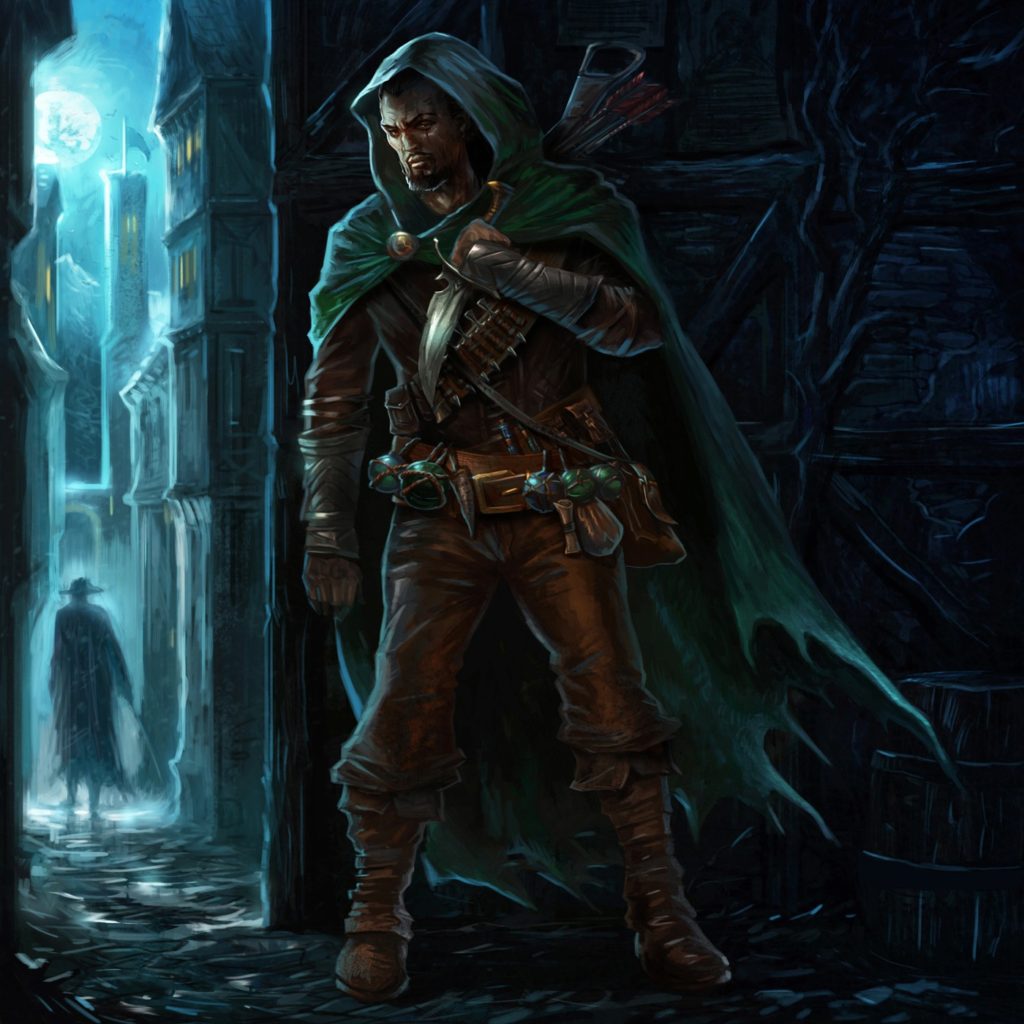
Thieves in Dungeons and Dragons 4th Edition
Fourth edition continues with the rogue class but later re-added a thief class as well. The thief and rogue are more skirmish fighters in this edition. Each rogue has the ability to specialize as either an artful dodger or a brutal scoundrel. Which path is chosen determines the special types of abilities that are gained later.

Thieves in Dungeons and Dragons 5th Edition
This edition goes back to the generic rogue as a standard character class. The player can choose one of three paths to follow to develop their character:
- Thief
- Assassin
- Arcane Trickster
The thief focuses on stealing. Skills involving climbing and sneaking are developed. The Assassin focuses on killing and murder. Skills involving poison and disguise are developed. Arcane trickster focuses on magic.
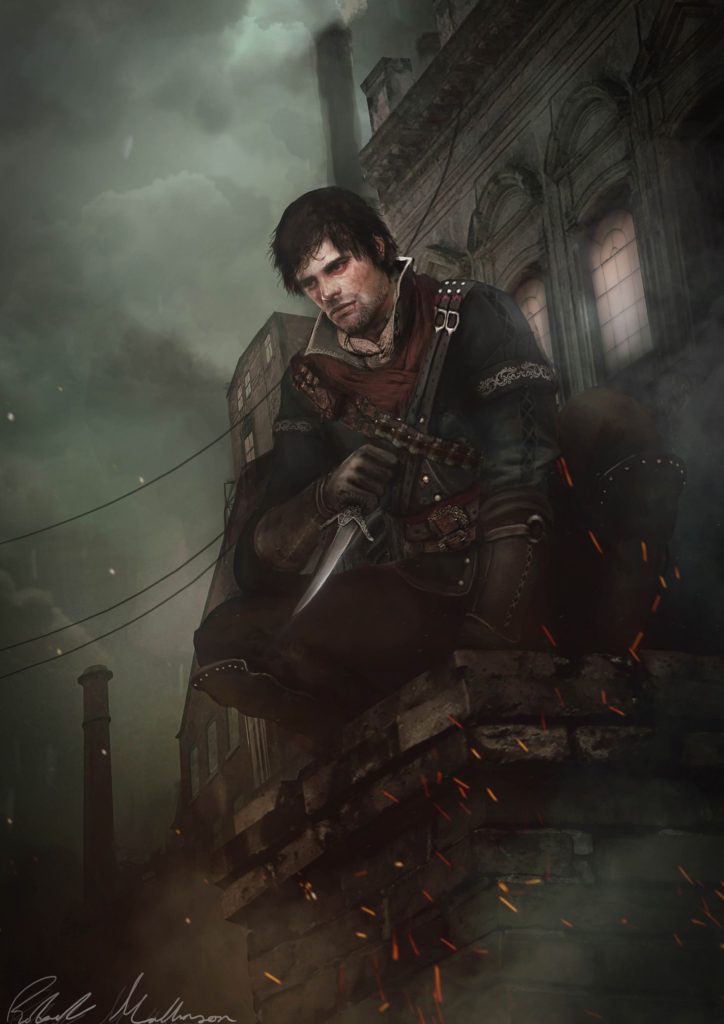
Other supplements provided two more paths one could follow. These include:
- Swashbuckler
- Inquisitive
The swashbuckler was a swordsman. The Inquisitive was more like a detective.
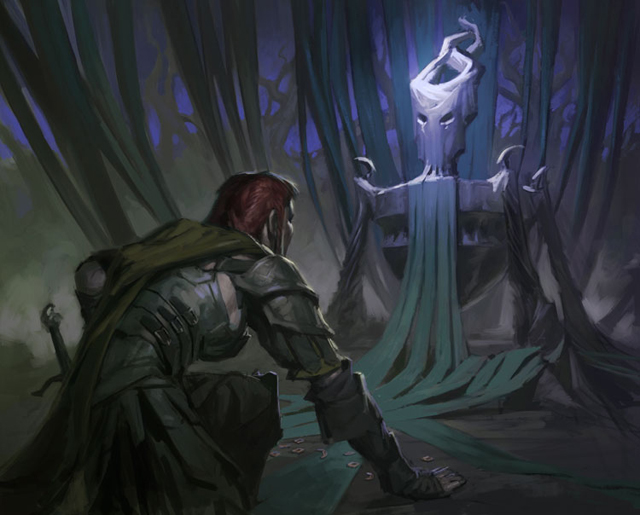
Thieves are an essential class in Dungeons and Dragons
The thief, or rogue, is a necessary class in some editions. Without the thief one has great difficulty finding traps or opening doors. In later editions this distinction is blurred. Other classes can perform some of those skills so the thief is no longer as essential.
In the earliest editions the thief was the easiest class to qualify for. The implication was that a party might have multiple thieves but only one cleric or wizard might be with the group.
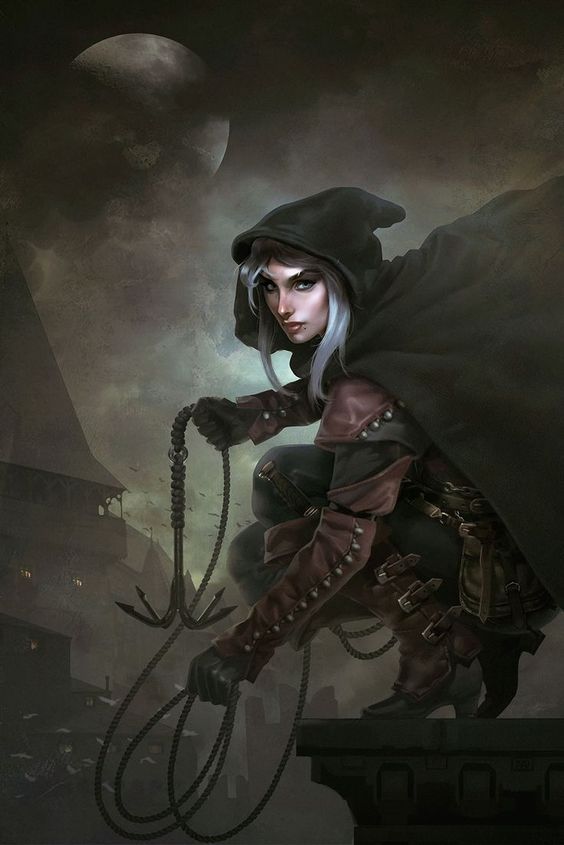
Even the iconic cover of the First Edition Player’s Handbook seems to support this idea. If you look at the great demon idol picture you will notice several people doing different things in the image. A wizard stands near a fighter who is sharpening his sword. Two more fighters (or perhaps one is a cleric) are looking at a map. Behind them two thieves are stealing the gems out of the demon idol while their friends seem to not notice what they are doing. On the back cover two more thieves are carrying off a treasure chest (one of these might be a fighter). Another thief is dragging a lizard man away. And another thief is rolling a barrel away. This party seems to have about half thieves and the other half are other classes. None, strangely, appear to be demi-humans.
In any case what is clear is that the thief, or rogue, class is an essential class for Dungeons and Dragons. Every edition has included it. And more than likely so will the next edition if there is one.
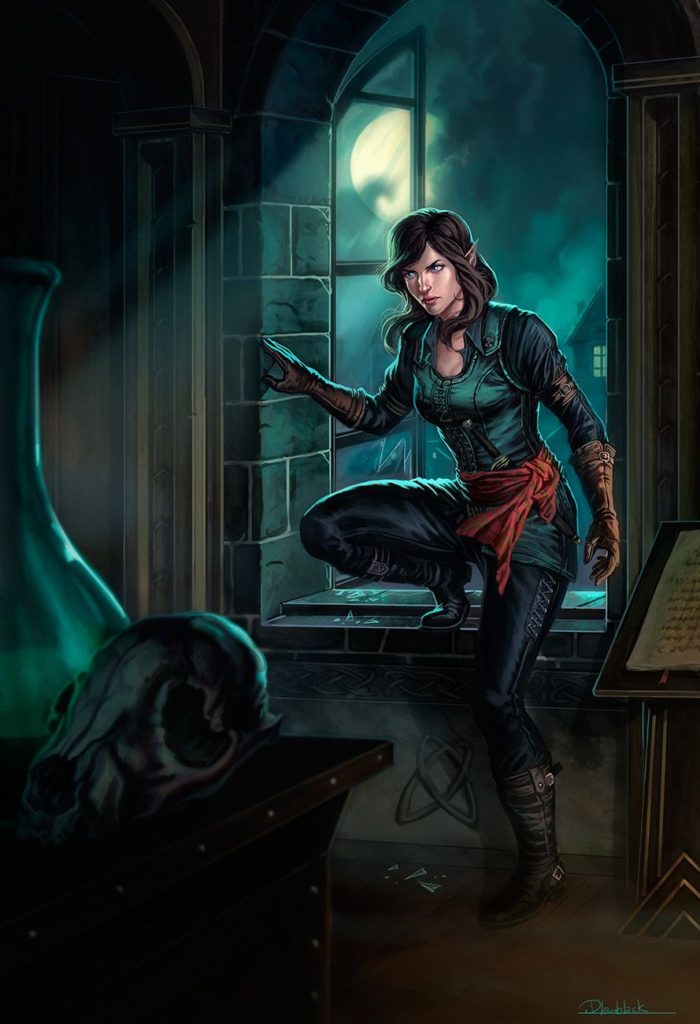
If you enjoyed this article then you might enjoy one of these:
- Rangers in Dungeons and Dragons
- Druids in Dungeons and Dragons
- Paladins in Dungeons and Dragons
- Monks in Dungeons and Dragons
- Illusionists in Dungeons and Dragons
- Bards in Dungeons and Dragons
